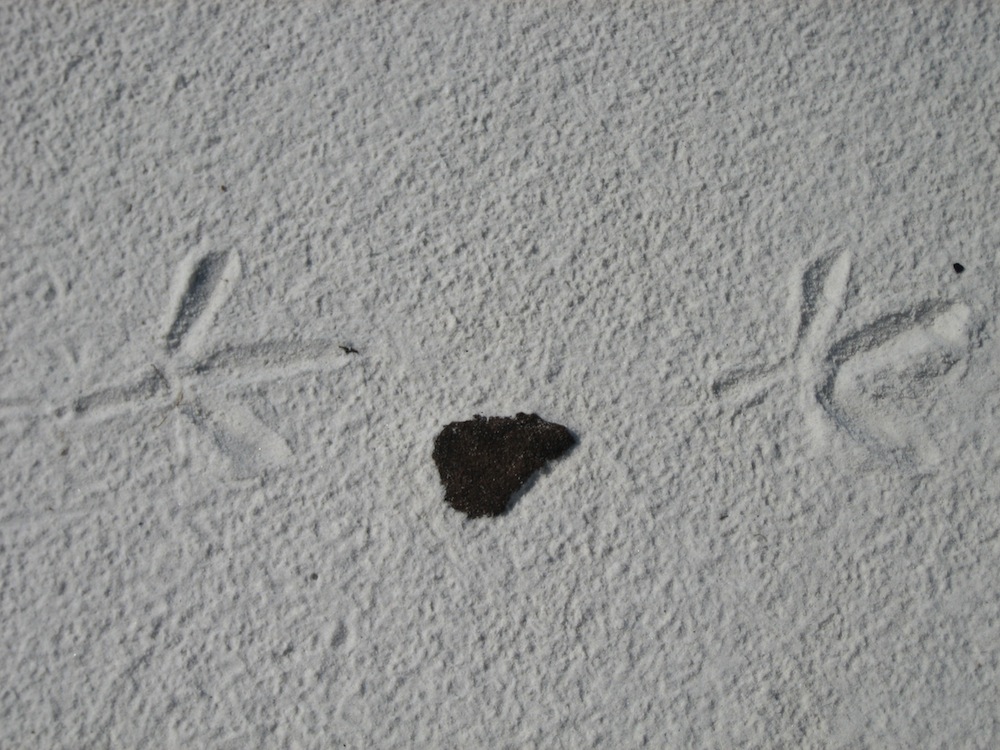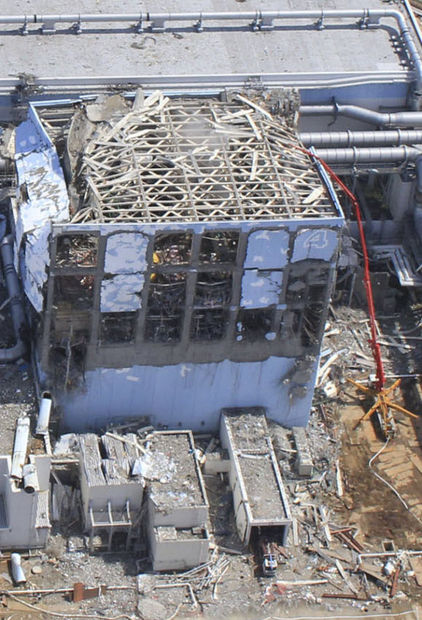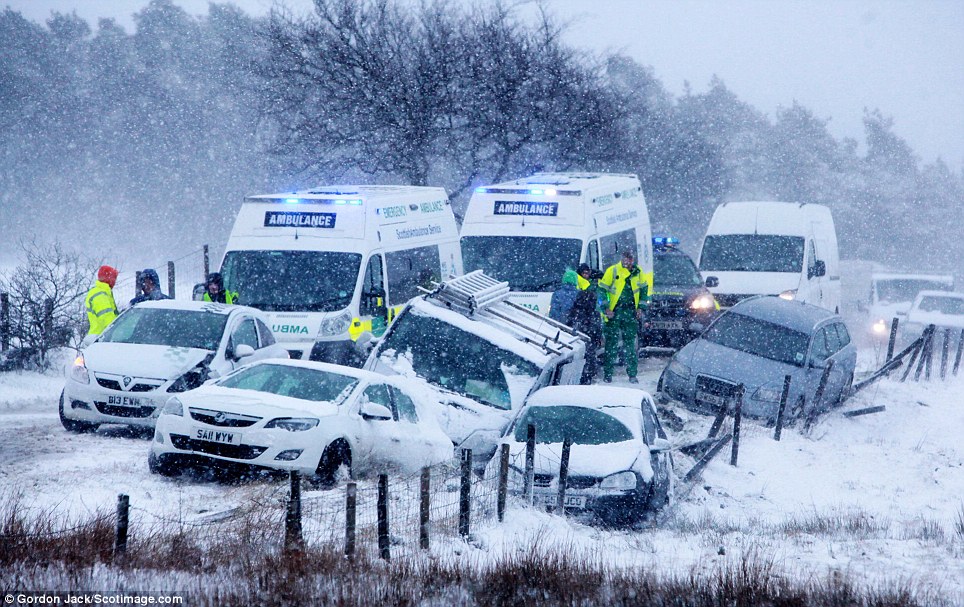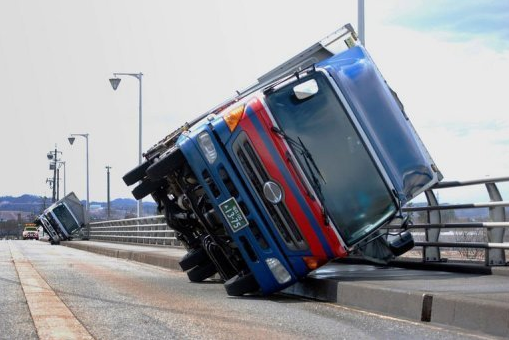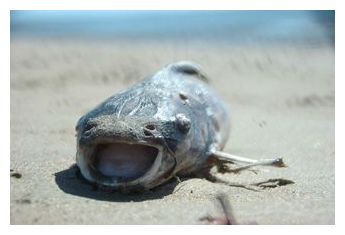
Mystery surrounds the appearance of more than a hundred dead catfish washed up at the Boyne River Mouth.
Residents have been finding the fish since Monday. Along the high tide line on Boyne Island, dead catfish were strewn every few metres along the high tide line from the morning before.
A spokesperson from the Department of Environment and Heritage Protection (DEHP) confirmed staff had inspected a section of the Boyne River on Monday and yesterday following reports of dead fish.
"Departmental staff have found over 100 dead catfish between the mouth of the Boyne River and the Bruce Highway bridge, approximately 20 kilometres south of Gladstone.
"The cause of death is currently unknown. Departmental staff are investigating and have conducted water quality monitoring and sampling.
"The water quality monitoring undertaken on 4 April 2012 identified reduced salinity levels due to freshwater inflow. All other monitoring results have found water quality is consistent with those of a healthy waterway."

